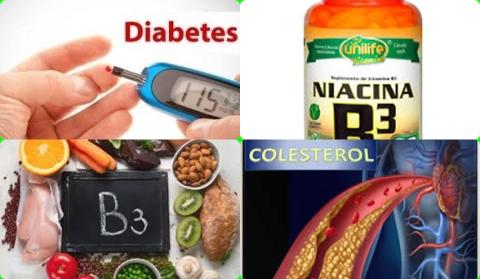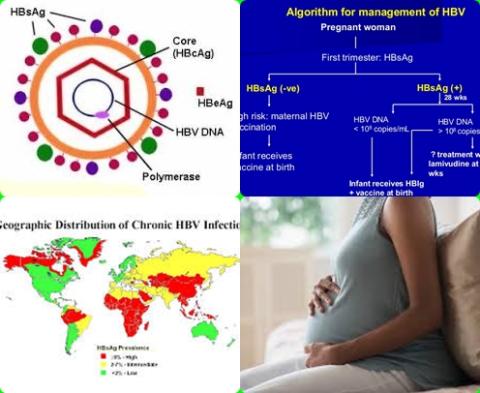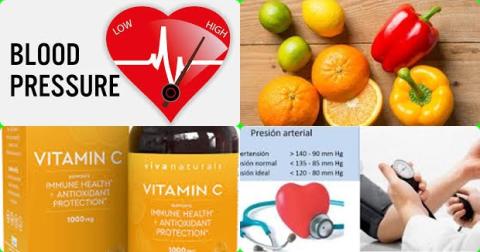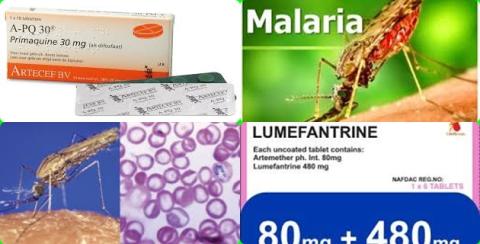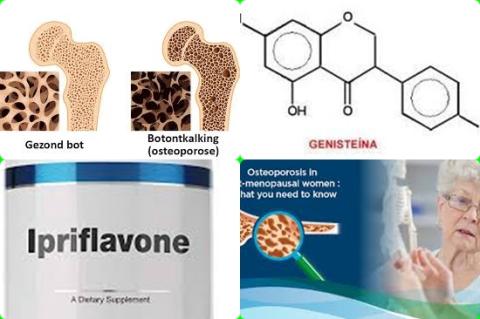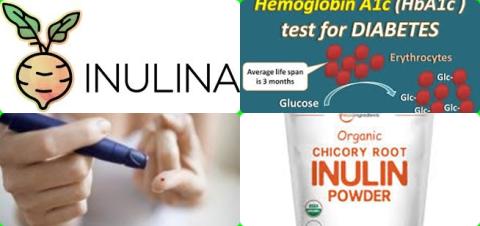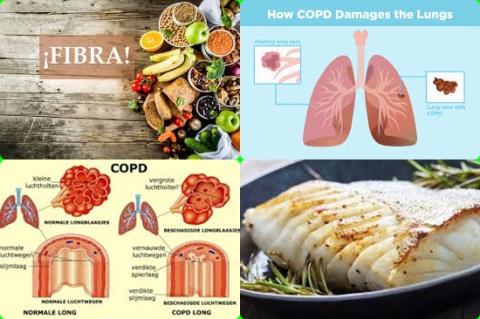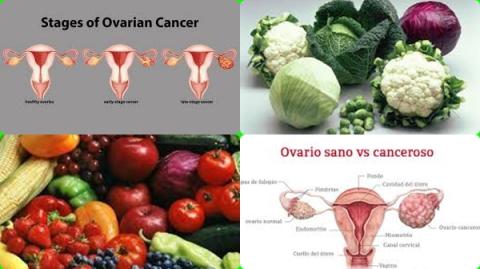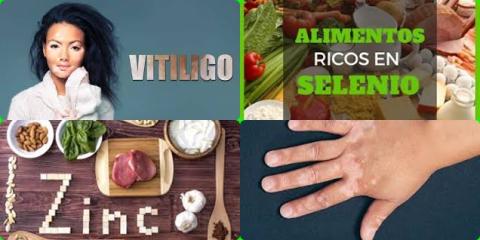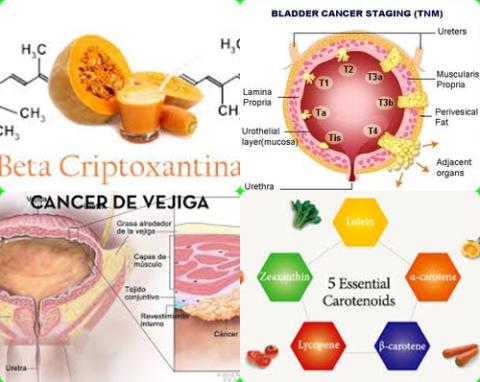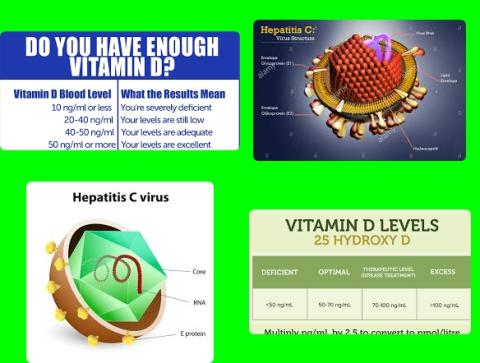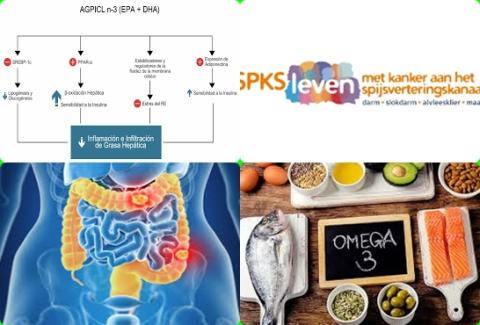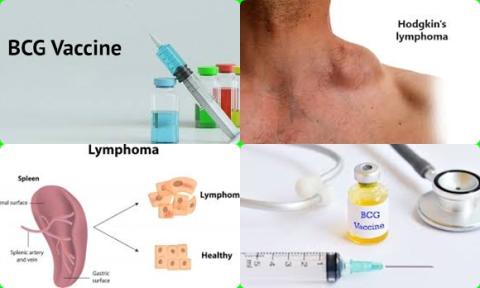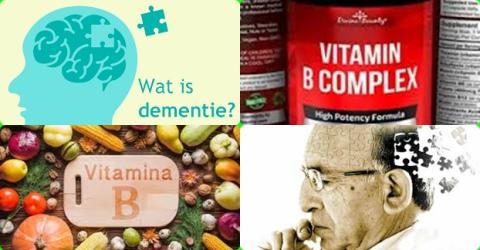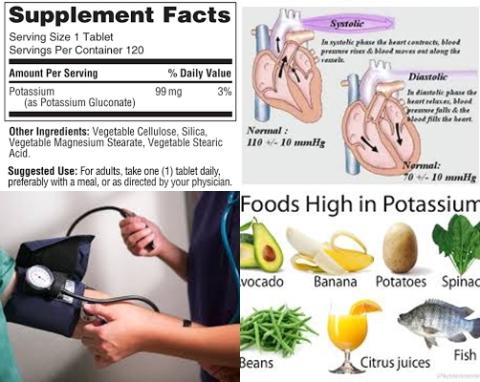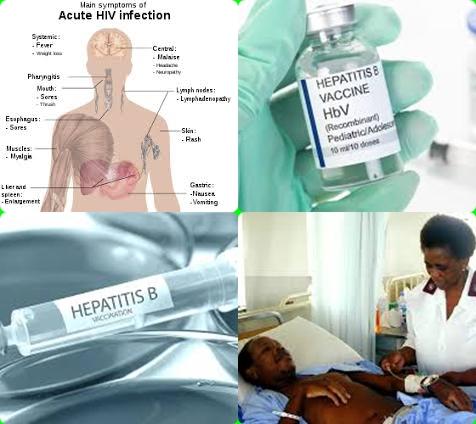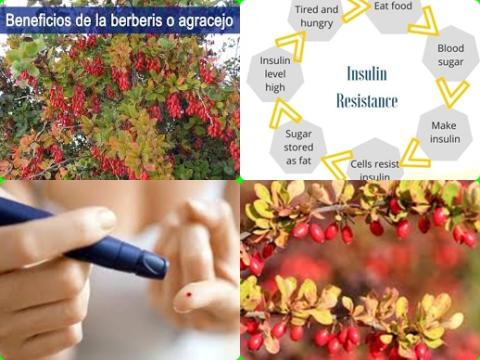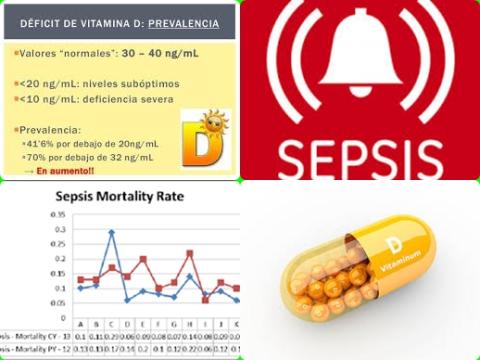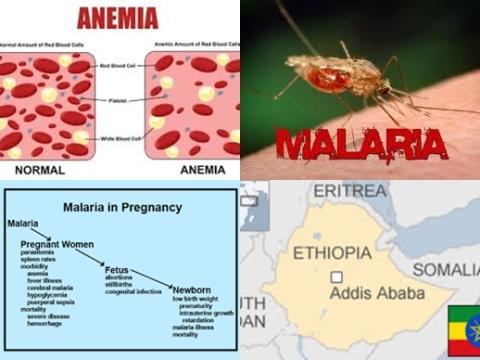Ovarian cancer survivors should consume 300 g/d vegetables and 300 g/d fruit
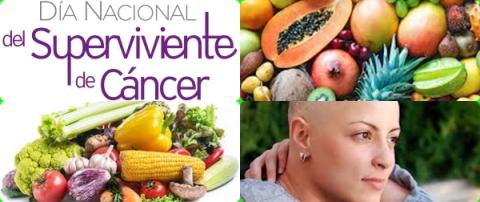
Objectives:
The number of cancer survivors is growing rapidly worldwide, especially long-term survivors. Although a healthy diet with a high vegetable and fruit consumption is a key factor in primary cancer prevention, there is a lack of specific dietary recommendations for cancer survivors, except in the case of breast cancer [World Cancer Research Fund (WCRF)/American Institute for Cancer Research (AICR) report]. Therefore, this review article (meta-analysis) has been conducted.
Does the general recommendation to consume ≥5 servings of vegetables and fruit per day (400 g/d) meet the needs of cancer survivors?
Study design:
This review article included 28 cohort studies.
Results and conclusions:
The investigators found a high vegetable intake before diagnosis significantly reduced overall mortality in survivors of head and neck cancer with 25% [HR = 0.75, 95% CI = 0.65 to 0.87].
The investigators found a high vegetable intake before diagnosis significantly reduced overall mortality in survivors of ovarian cancer with 22% [HR = 0.78, 95% CI = 0.66 to 0.91].
The investigators found a high fruit intake before diagnosis significantly reduced overall mortality in survivors of ovarian cancer with 18% [HR = 0.82, 95% CI = 0.70 to 0.96].
The investigators found the evidence was insufficient for survivors of other cancers, although these associations generally tended to be protective. Therefore, more studies are needed to clarify the association between vegetable and fruit consumption and the prognosis of these different types of cancer.
The investigators concluded the general recommendation to consume ≥5 servings of vegetables and fruit per day (400 g/d) could underestimate the needs of cancer survivors, particularly those with ovarian tumors, in which the recommendation could increase to 600 g/d (i.e., 300 g/d of vegetables and 300 g/d of fruit).
Original title:
Vegetable and Fruit Consumption and Prognosis Among Cancer Survivors: A Systematic Review and Meta-Analysis of Cohort Studies by Hurtado-Barroso S, Trius-Soler M, […], Zamora-Ros R.
Link:
https://pubmed.ncbi.nlm.nih.gov/32717747/
Additional information of El Mondo:
Find more information/studies on vegetables and fruit and cancer right here.

